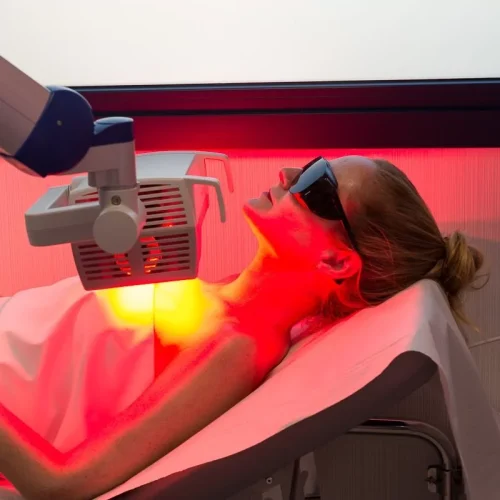
What is Photodynamic therapy
Photodynamic therapy (PDT) is a medical treatment that uses a photosensitizing agent, which is a drug that becomes activated by light exposure. When the drug is exposed to a specific wavelength of light, it produces a form of oxygen that kills nearby cells. PDT is primarily used to treat various types of cancer and certain skin conditions. The process involves three steps: administration of the photosensitizer, a waiting period for the drug to concentrate in the target cells, and exposure to light. PDT is minimally invasive and can target specific areas, reducing damage to surrounding healthy tissue.
